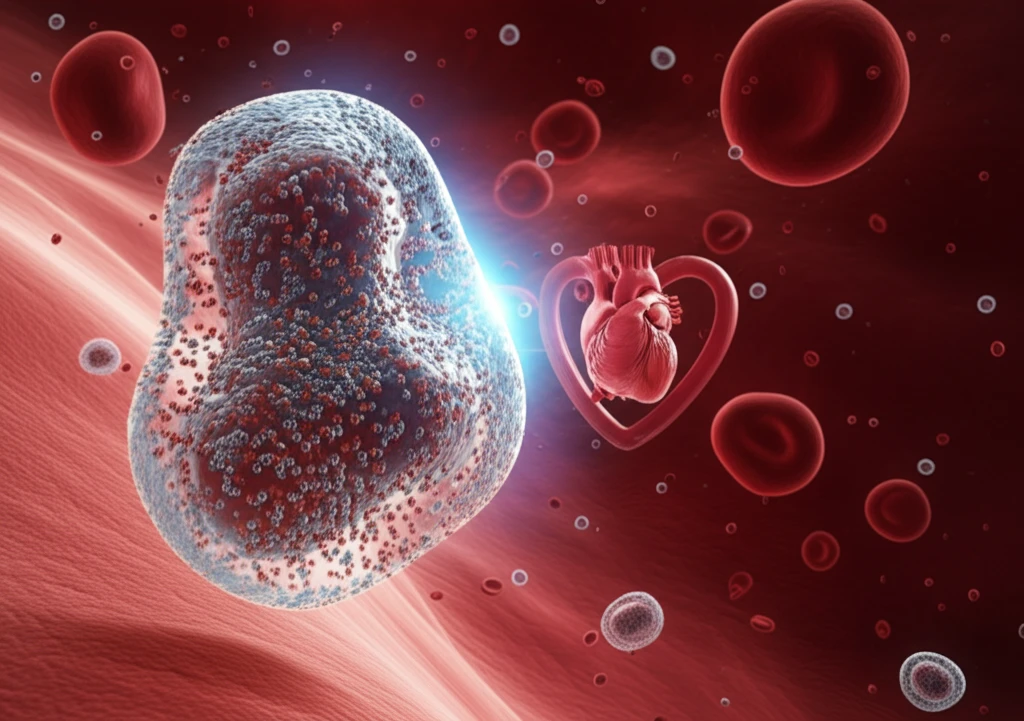
Lipid Emulsion Therapy: A Lifesaver for Local Anesthetic Toxicity?
"Discover how lipid emulsion is changing the game in treating local anesthetic toxicity and what this means for patient safety."
Local anesthetic toxicity (LAT) is a rare but potentially life-threatening complication that can occur during regional anesthesia or accidental systemic absorption of local anesthetics. Traditionally, treatment has focused on supportive care, including ventilation and hemodynamic support. However, in recent years, lipid emulsion therapy (LET) has emerged as a promising treatment option for LAT.
Lipid emulsion, initially developed for intravenous nutrition, works by creating a 'lipid sink' in the blood. This sink draws the local anesthetic out of the tissues and reduces its concentration in the heart and brain, where it can cause severe toxicity. The therapy has gained traction due to increasing reports of successful resuscitations using lipid emulsion in cases where conventional methods have failed.
A recent meta-analysis examined the effectiveness of lipid emulsion in animal models of local anesthetic toxicity. This article delves into the findings of this meta-analysis and explores the broader implications of lipid emulsion therapy, addressing the questions and concerns raised by experts in the field.
Understanding the Meta-Analysis: What Did the Animal Studies Show?

The meta-analysis, which included several animal studies, sought to determine if lipid emulsion improves survival rates in animals experiencing local anesthetic toxicity. The researchers focused specifically on studies that measured survival as an outcome and included ILE as an independent variable. This rigorous approach ensured the analysis focused on the direct impact of lipid emulsion on survival.
- Inclusion Criteria: Only studies with survival effects and ILE as an independent variable were included.
- Exclusion Criteria: Studies where ILE was not an independent variable or survival was not the primary outcome were excluded.
- Specific Examples: The Buckenmaier study, which tested postmortem conditions and the effects of lipid emulsion on ropivacaine concentrations, was excluded.
Moving Forward: Integrating Lipid Emulsion into Clinical Practice
The findings of the meta-analysis, along with numerous case reports and mechanistic studies, support the use of lipid emulsion as a treatment for bupivacaine toxicity in animal models. While more research is needed, especially in human trials, the evidence suggests that lipid emulsion, combined with ventilation and hemodynamic support, can significantly improve outcomes in cases of local anesthetic toxicity. As research continues, healthcare professionals should stay informed about the latest advancements and integrate lipid emulsion into their clinical practice to ensure the best possible outcomes for patients experiencing this rare but serious complication.
